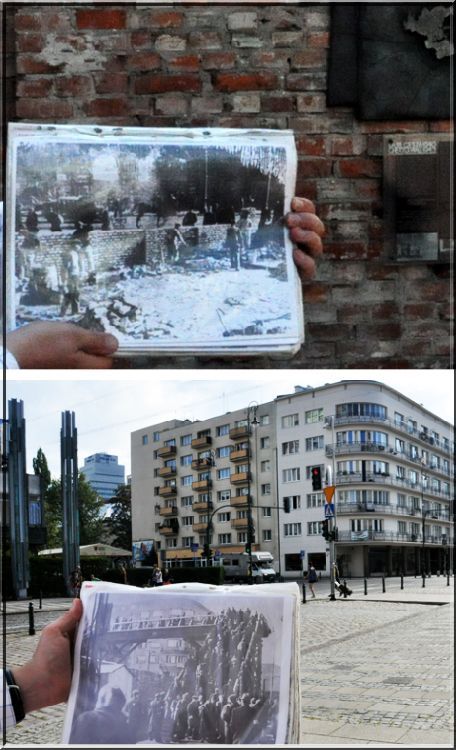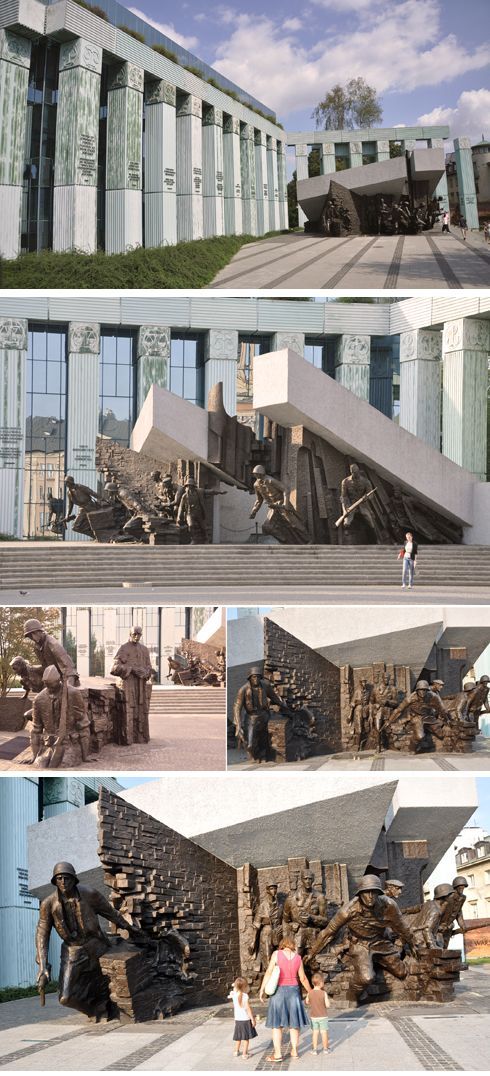- Revenue Cycle Management
- COVID-19
- Reimbursement
- Diabetes Awareness Month
- Risk Management
- Patient Retention
- Staffing
- Medical Economics® 100th Anniversary
- Coding and documentation
- Business of Endocrinology
- Telehealth
- Physicians Financial News
- Cybersecurity
- Cardiovascular Clinical Consult
- Locum Tenens, brought to you by LocumLife®
- Weight Management
- Business of Women's Health
- Practice Efficiency
- Finance and Wealth
- EHRs
- Remote Patient Monitoring
- Sponsored Webinars
- Medical Technology
- Billing and collections
- Acute Pain Management
- Exclusive Content
- Value-based Care
- Business of Pediatrics
- Concierge Medicine 2.0 by Castle Connolly Private Health Partners
- Practice Growth
- Concierge Medicine
- Business of Cardiology
- Implementing the Topcon Ocular Telehealth Platform
- Malpractice
- Influenza
- Sexual Health
- Chronic Conditions
- Technology
- Legal and Policy
- Money
- Opinion
- Vaccines
- Practice Management
- Patient Relations
- Careers
Poland: A Last Look at Warsaw
A tour can be a great way to visit Europe, but it's nice to have some time to roam freely. Here's what we found while on the loose in Warsaw.
Probably the ideal trip is one where much of the hassle is avoided by going with a long established, bonded tour operator who uses desirable, convenient cities for start and end points so you can “bookend†the trip with either. And who offers a reasonable amount of free time for you to pursue personal interests. An interesting variable these days is the policy Insight Vacations offers: it provides hotels and breakfasts and a few dinners, and leaves lunch choices to individuals, the argument being most travelers don’t want to pay a fixed sum for meals that may be more than their tastes require. Similarly for special expeditions; we were pleased to take the Wieliczka salt mine tour and to have an international pianist perform at a Chopin recital but we understand some would not care for either or want to have the cost spread amongst every member in the group as an all-inclusive.
Â
Our preference, before we travel, is to contact the United States office of our destination to ask for any travel literature that might be available. We have mixed success. But when we arrive in a foreign destination we try to seek out the local tourist office. We always ask for a walking map of the city. Some of the free maps from a tourist office are better than the commercially published ones – and sometimes not. As we all know many free publications from tourist offices are essentially advertising and do not cover any attractions that do not pay for inclusion. We remember the town walking map we got from the popular California destination of Solvang that identified local shops that had not paid to be in the map with the label “retail location.â€
Â
Our routine questions to tourist offices are: Do you have literature and maps? Do you have personalized suggestions for our specific interests and is there an OnOff Tourist Bus service here? And if there is a City Pass available, what is the break-even point to make the cost worthwhile? That usually depends on whether public transportation is available and is included and how many museums are covered.

Â
The main tourism office in Warsaw is in the over-the-top Palace of Culture. It has excellent publications and yes, there is an OnOff Bus!
Â

You can’t have it both ways: Free time to wander is great, yet you can’t expect ready answers from plaques or placards that are not in English. Warsaw because of its damage, actually destruction, in World War II is described in Polish guide books as a new city, Krakow as a medieval city and Gdansk as a Hanseatic city. New cities have interesting, sometimes even fascinating architecture. Warsaw offers art in Old Town easily understood but some monuments whose purpose is sometimes not that obvious (for example the middle statue at the Wilanow Palace: Why does the woman carry a skull and host a snake? (is she meant to be Hygeia?) And how can we identify images of buildings if they are distorted in the glass of a window?
Â

Statues of heroes are more easily identified. We know that during the Napoleonic Wars the man himself came to town but the dynamic Eastern figure flashing the scimitar needed some help in identification. He was a local cobbler, Jan Kilinski, who led a peasant uprising in 1794 when Warsaw was under Russian oppression. His statue was erected in 1936 as embodying polish virtues of “bravery and patriotism,†and for that reason was dismantled and the pieces hidden by the Nazis during World War II. The little insurgent monument we have mentioned in an earlier article. Images of the monument for the Warsaw Uprising are also shown in a later group.
Â

Piotr, our Insight Guide, had shown us a CNN video on the coach that gave us some of the details of the terrible events for Poland in World War II. There were 400 Jewish ghettos in Poland until Nazis moved the Jews out to the concentration camps where they were exterminated. Poland was thought by the Nazis to be far enough from Germany that it would not arouse the curiosity of the German population. Our local guide, Marcin Grabowski, is now going to show us more intimate details of the Jewish Ghetto.
Â
Marcin takes us into a courtyard that shows a remaining part of the ghetto wall. It has a commemorative plaque. He explains that when Poles found they could go into the partitioned house beyond the wall (in our image, the door behind him) to leave the ghetto and arrive in central Warsaw, the Nazis simply created a better wall. The Jewish Historical Institute has outlined the boundary of the former Ghetto on sidewalks.
Â
The Jewish Historical Institute has also created a “Footbridge of Memory†to commemorate the bridge Ghetto occupants used to transfer from the large and the small ghettos over the street Chlodna. Our website image is small but you may be able to see the memorial has two metal poles on each side of the street that are connected by optical fibers that can project the shape of the bridge once the day darkens. Our guide holds up the original photograph of the bridge.
Â

This attempt to enlarge those images may make the comparison between old pictures and today’s images more understandable.
Â

The Monument to the Ghetto Heroes commemorates the uprising that began in April 19, 1943 and was finally stamped out by German soldiers on May 16. The monument was created after the war from stones originally ordered from Sweden by Hitler for a victory arch! The lower image is of the far side of the monument
Â

The above monument to the Warsaw Uprising was completed in 1989. It celebrates the event which began in August 1944, more than a year after the carnage of the Ghetto Uprising. It lasted 63 days and is controversial because although the European War was not yet over, Germany was clearly defeated and its end was near.
Â
We found it hard to get the feel for the controversy. We realize the Uprising created up to 2000,000 civilian deaths, more than 20,000 Polish Resistance deaths and the capture and execution of the 11,688 Polish Resistance soldiers who without ammunition had to surrender. It betrayed the true nature of the Soviets waiting across the river who knew that once Hitler had destroyed the city, their communist occupation would be easier
Â

Life goes on.
Â
Despite its suffering in World War II Poland can still laugh. We walk past the Castle Inn in Old Town and see the simulation of a guest trying to skip out without paying his bill. In a shop window, also in Old Town, we see folk art showing a wedding couple courting while the storks hover. It’s as if the Poles are reminding visitors that life goes on. It has to. And as we come up to the corner where people enter Old Town we find, on a very hot day, laborers removing ruined cobblestones and replacing them with new stones. Life does go on.
Â
William Arthur Ward, the inspirational writer and author of countless books once said something about life going on, particularly apt as we look at the scene before us, cobblestones scattered in the soil: “We can throw stones,†he said, “complain about them, stumble on them, climb over them, or build with them.â€
Â
The Poles are building.
Â
Â
Photography by the authors
Â
The Andersons, who live in San Diego, are the resident travel & cruise columnists for Physician's Money Digest. Nancy is a former nursing educator, Eric a retired MD. The one-time president of the New Hampshire Academy of Family Physicians, Eric is the only physician in the Society of American Travel Writers. He has also written five books, the last called The Man Who Cried Orange: Stories from a Doctor's Life.
